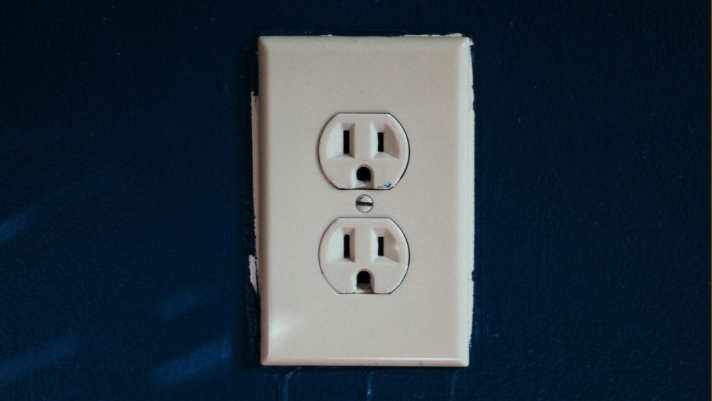When it comes to your electricity needs, there’s no doubt that you require top-of-the-line products. Isolation transformers are among the most useful tools in the electrical industry, but how much do you really know about them? Let’s explore a few of the most frequently asked questions about toroidal isolation transformers.
What is an isolation transformer?
In general, a transformer is a device with inductively coupled conductors, known as transformer coils or windings, that transfer electrical energy from one circuit to another. The conductors typically wind around a single iron-rich core or around separate cores that are magnetically coupled. The input, or primary, winding carries a varying current to create a magnetic field in the transformer’s core. This magnetic field creates an electromotive force — the “voltage” — in the output, or secondary winding.
In an isolation transformer, the primary and secondary windings are always separate and do not provide a direct electrical path from the input side to the output side. Isolation transformers are typically used to reduce the risk of electrical shock. They tend to have equal input and output voltages, making the safety isolation they provide one of their primary benefits.
What is the difference between an autotransformer and an isolation transformer?
Both an isolation transformer and an autotransformer perform the same basic function of stepping the unit’s incoming supply or line voltage up or down to the voltage the receiving component requires. However, an autotransformer will accomplish this voltage transformation by accommodating the exisiting input and required output voltages in a single winding. This means there is no electrical insulation or physical isolation between them.
As discussed in the previous question, an isolation transformer has separate input and output windings. In this transformer, the windings are electrically insulated and physically isolated from one another by distance, an insulation barrier, or both. This feature gives isolation transformers a degree of safety and protection that autotransformers don’t have.
What makes an isolation transformer toroidal?
When a transformer has a core shaped like a doughnut, it is toroidal. Low-frequency transformers with toroidal cores tend to be made of long wound strips of steel and high-frequency toroidal isolation transformers are typically made of ferrite materials. The diversity in the material allows for custom made toroidal transformers to fit a variety of needs.
No matter which material you use, the toroid core’s round shape eliminates the possibility of breaks in the magnetic flux line path. This means fewer magnetic losses. As magnetic losses can be detrimental in certain situations, such as in the operations of the 6,210 hospitals throughout the United States, toroidal isolation transformers offer distinct advantages in these applications. These cores also tend to weigh less than other transformer cores and make less noise, offering even more benefits to their users.
Whether you’re looking for a medical isolation transformer for your hospital or a marine isolation transformer for your boat, you need to know why you need it. Knowing the reasons behind the necessity will help you make the best decision possible. Contact Bridgeport Magnetics today to find the right portable isolation transformer for your purposes.

